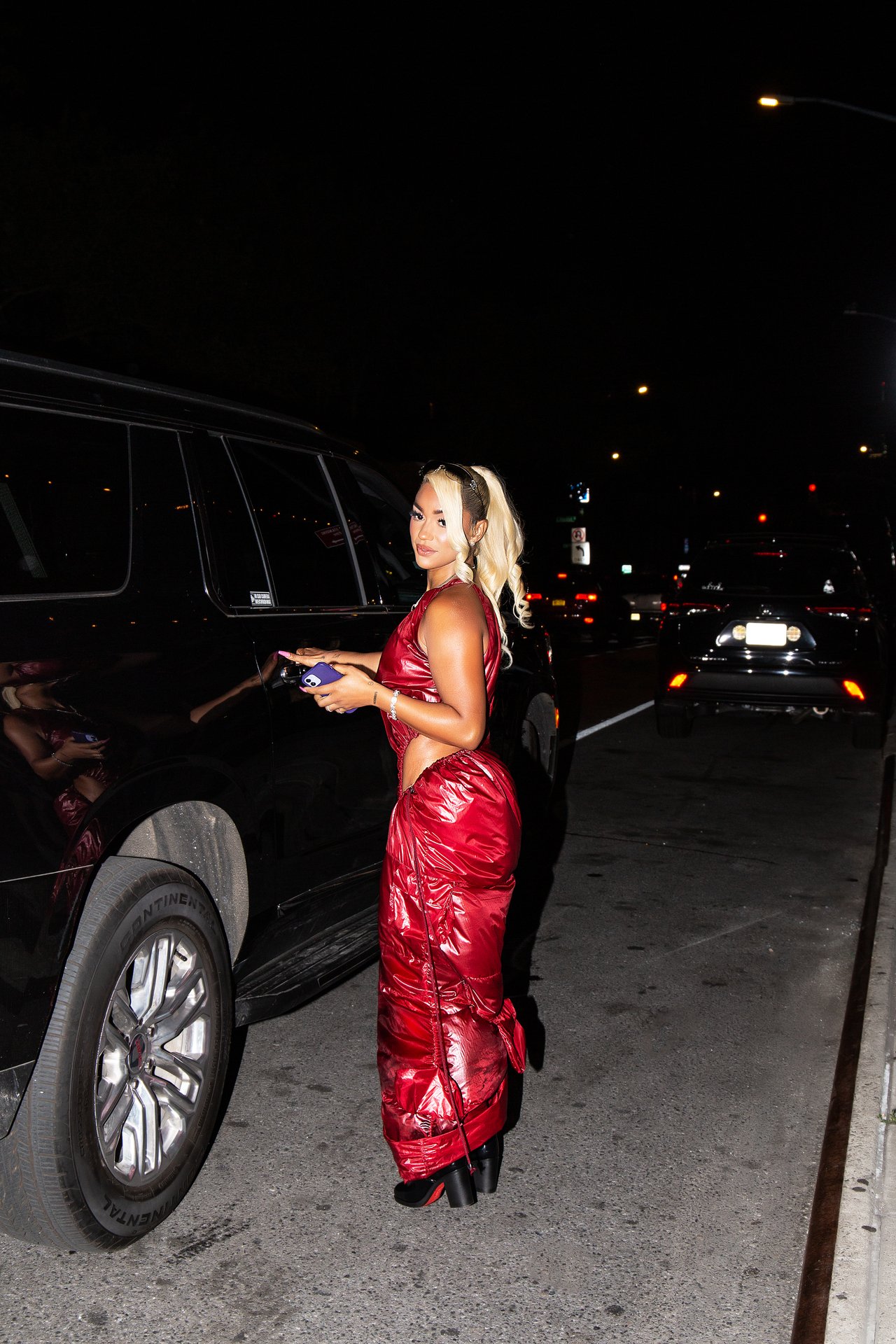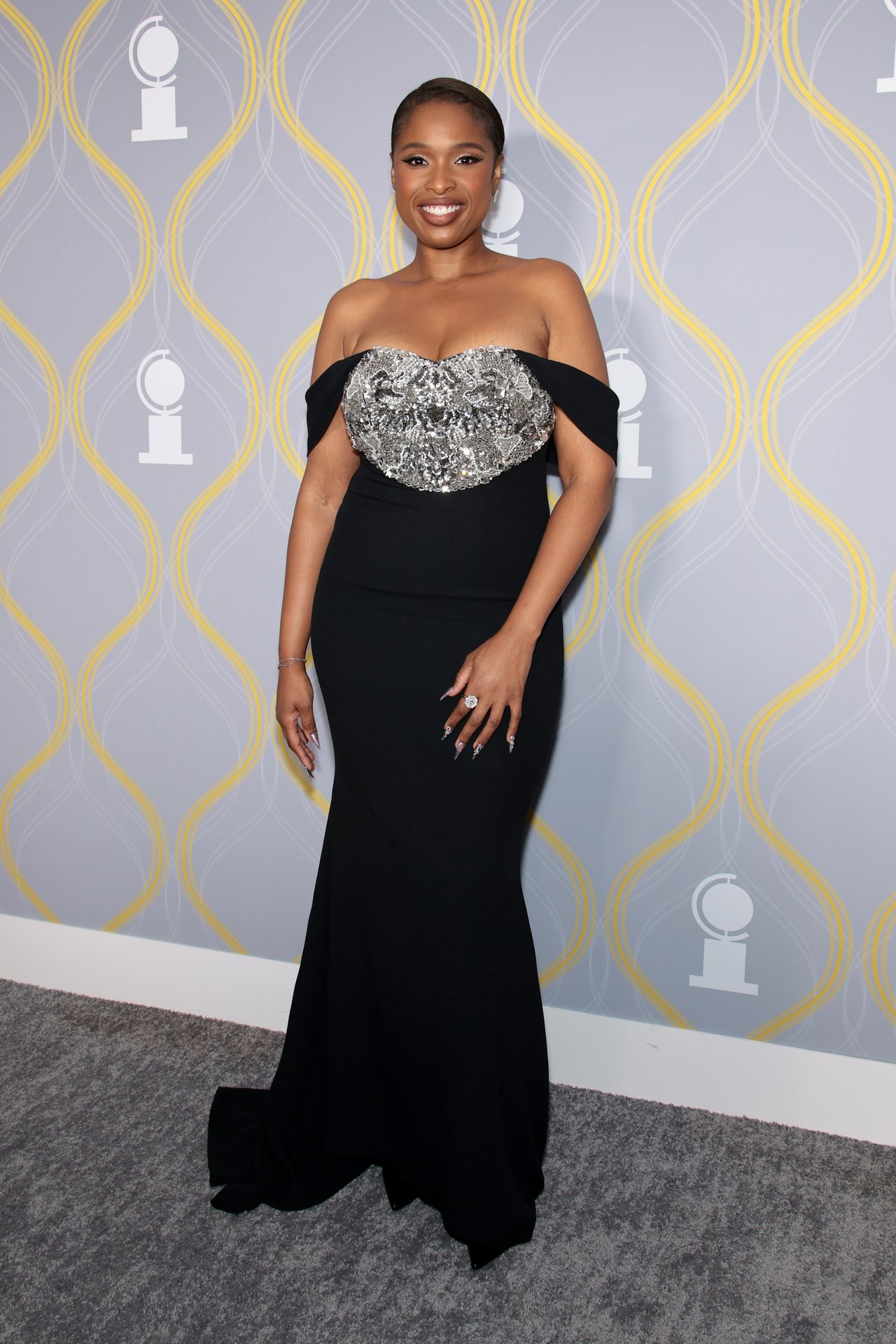How Misha Japanwala’s Sculptural Designs Caught the Industry’s Attention
June 13, 2022
Nicky Campbell
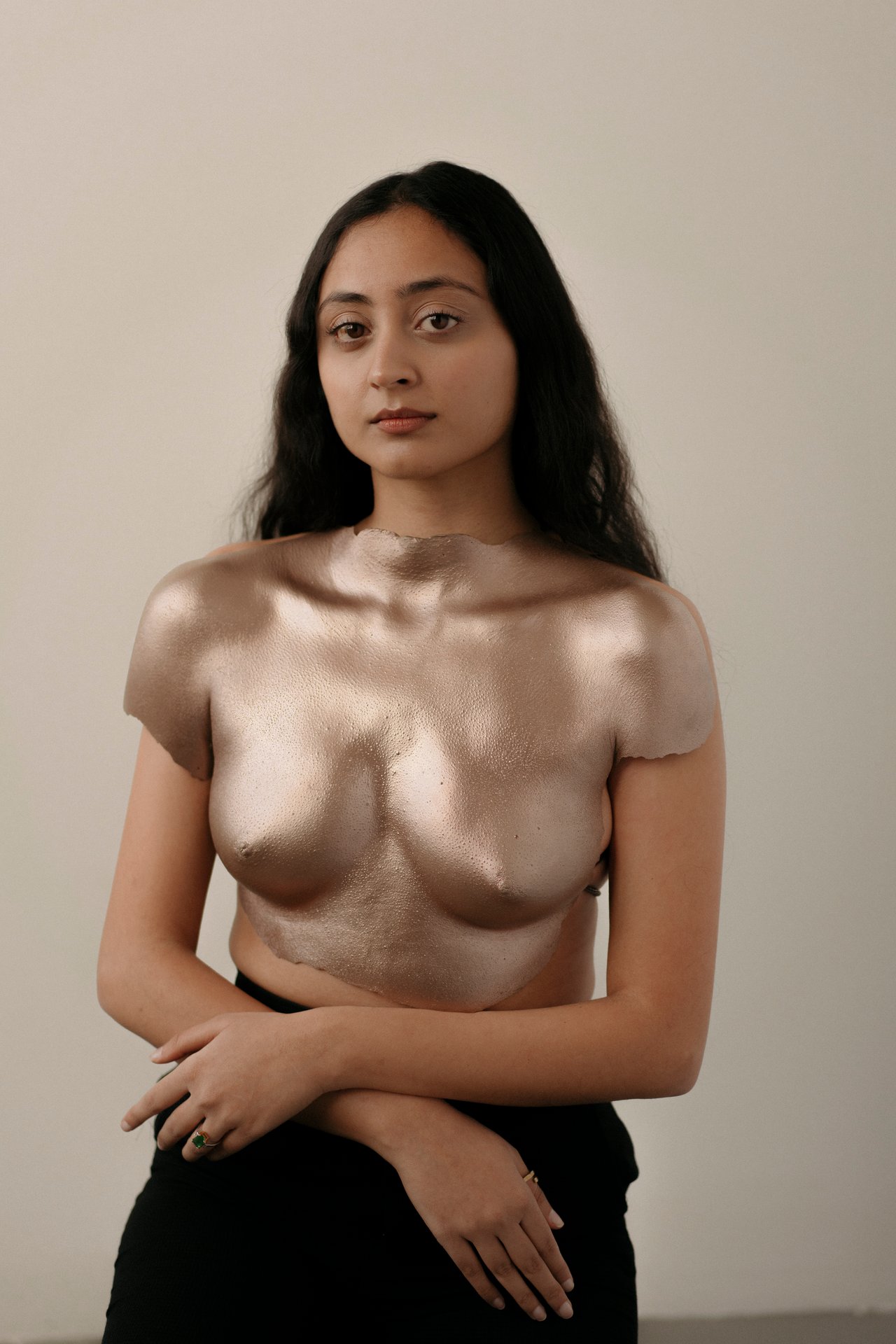

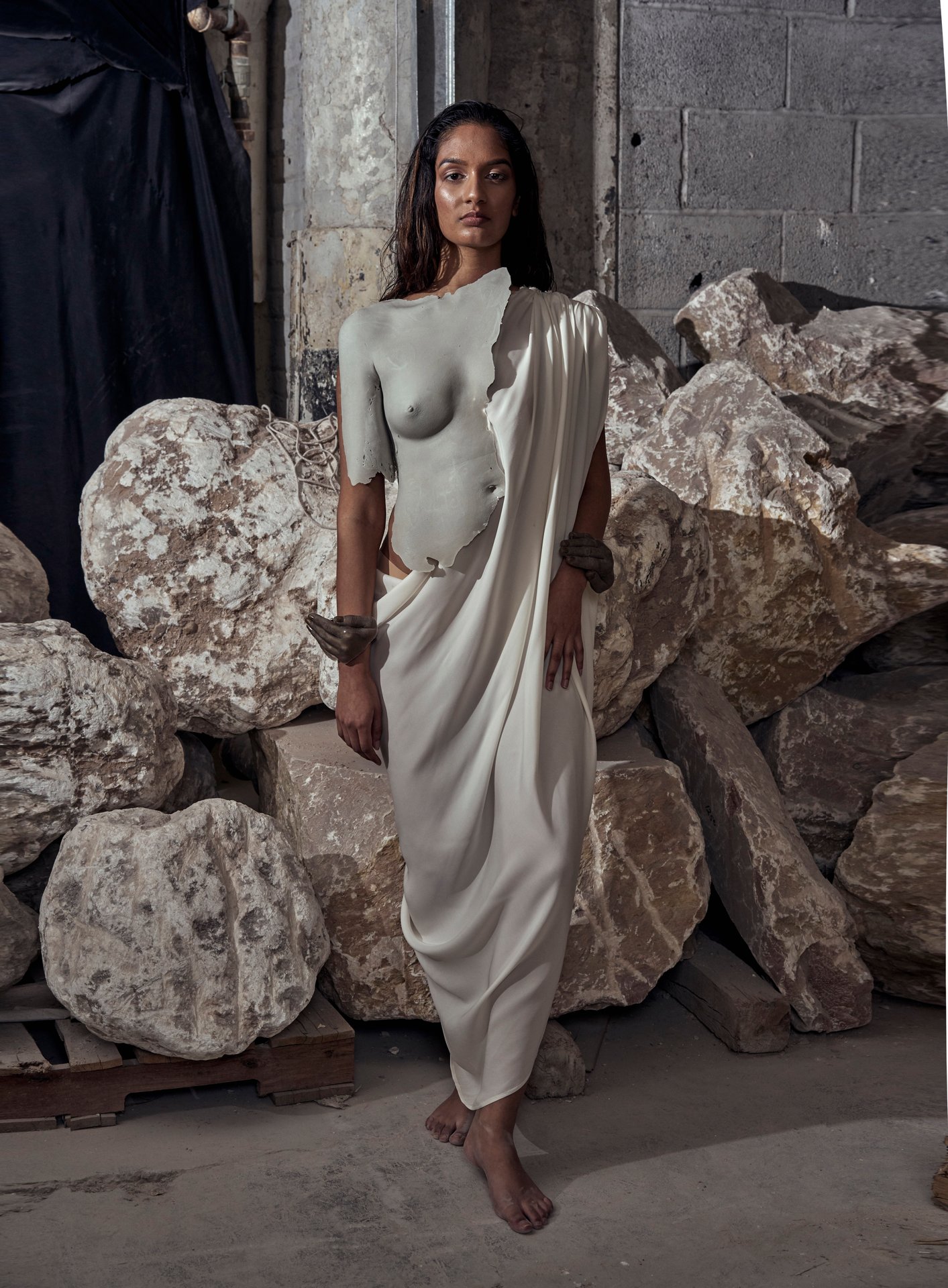
Misha Japanwala by Alec Vierra Teagan West
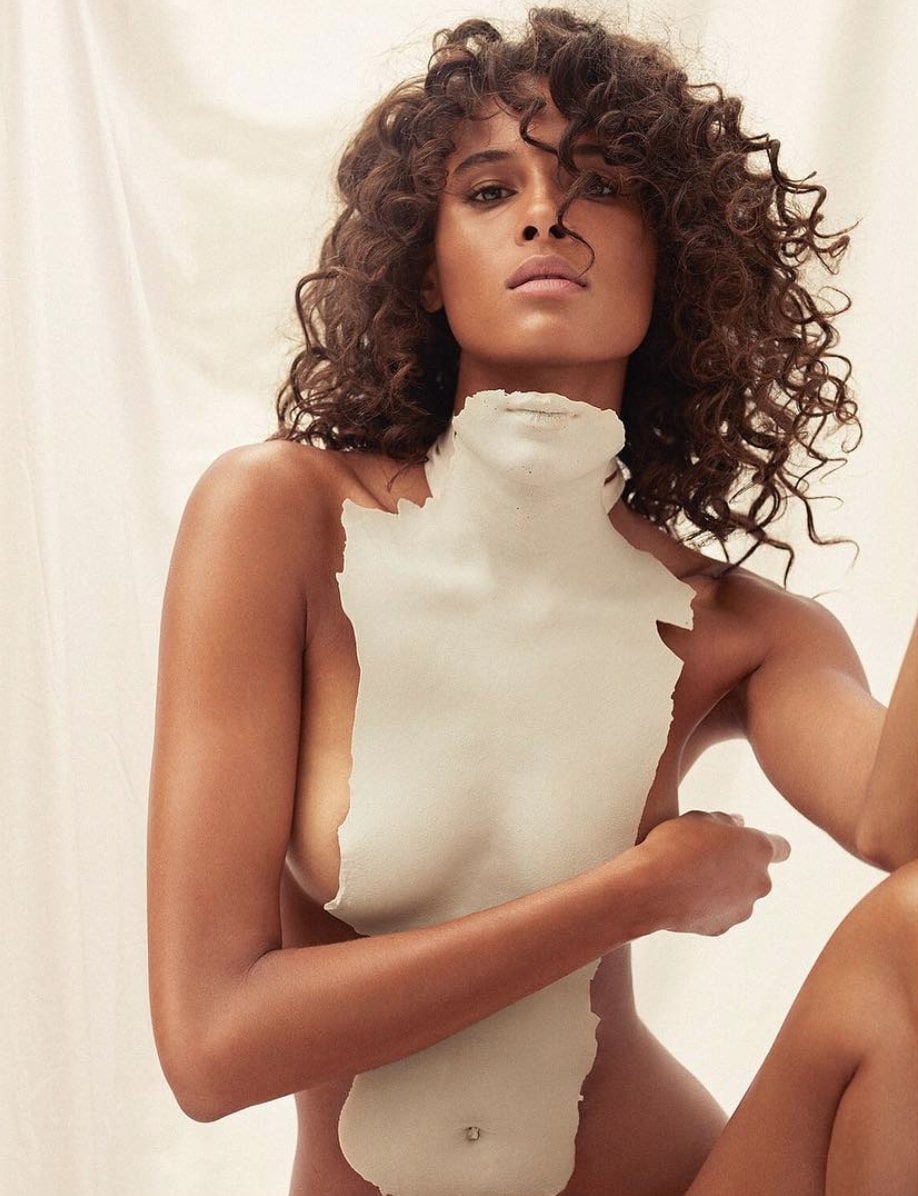
Cindy Bruna for Vogue Spain
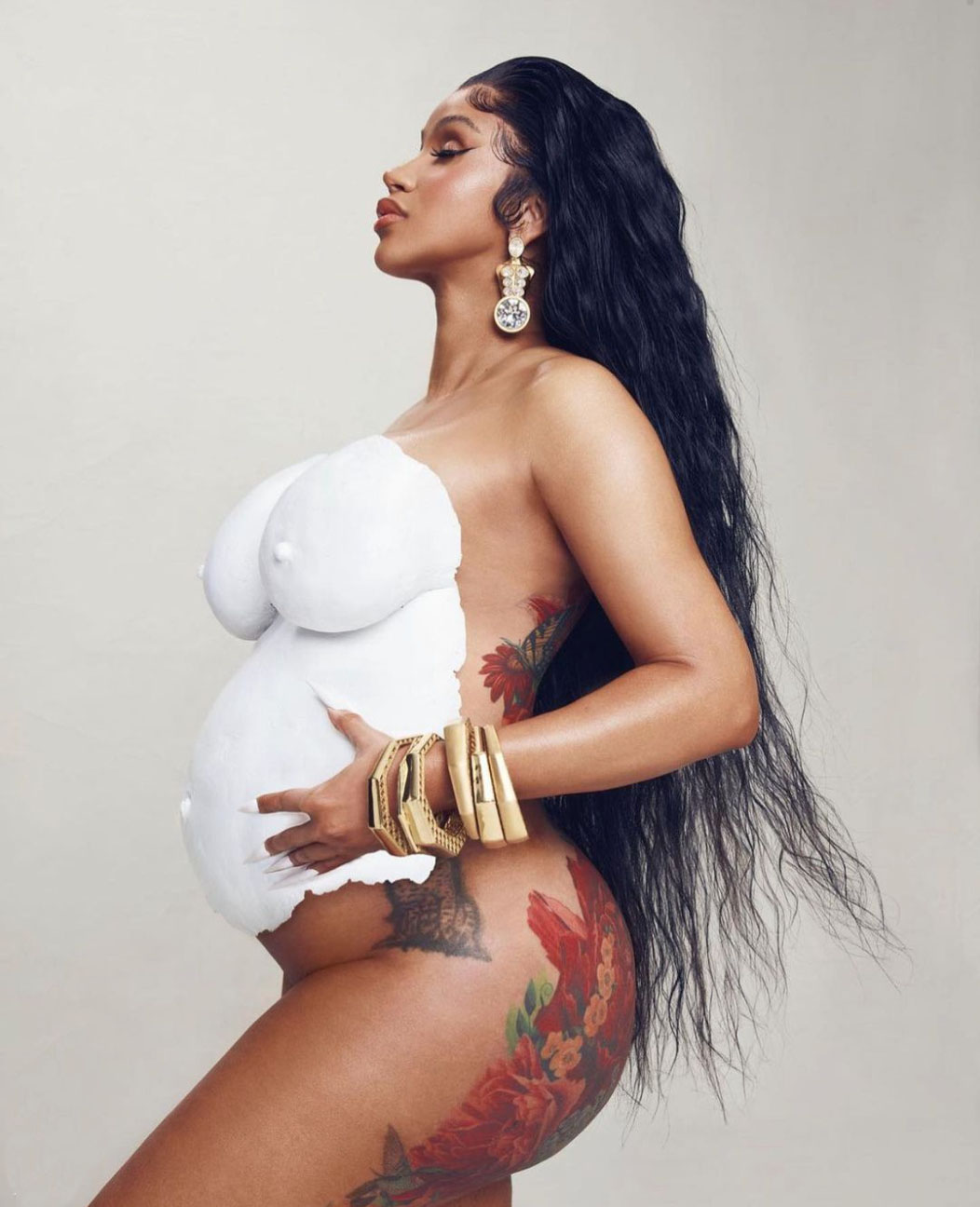
Cardi B wearing a custom creation to announce her second pregnancy
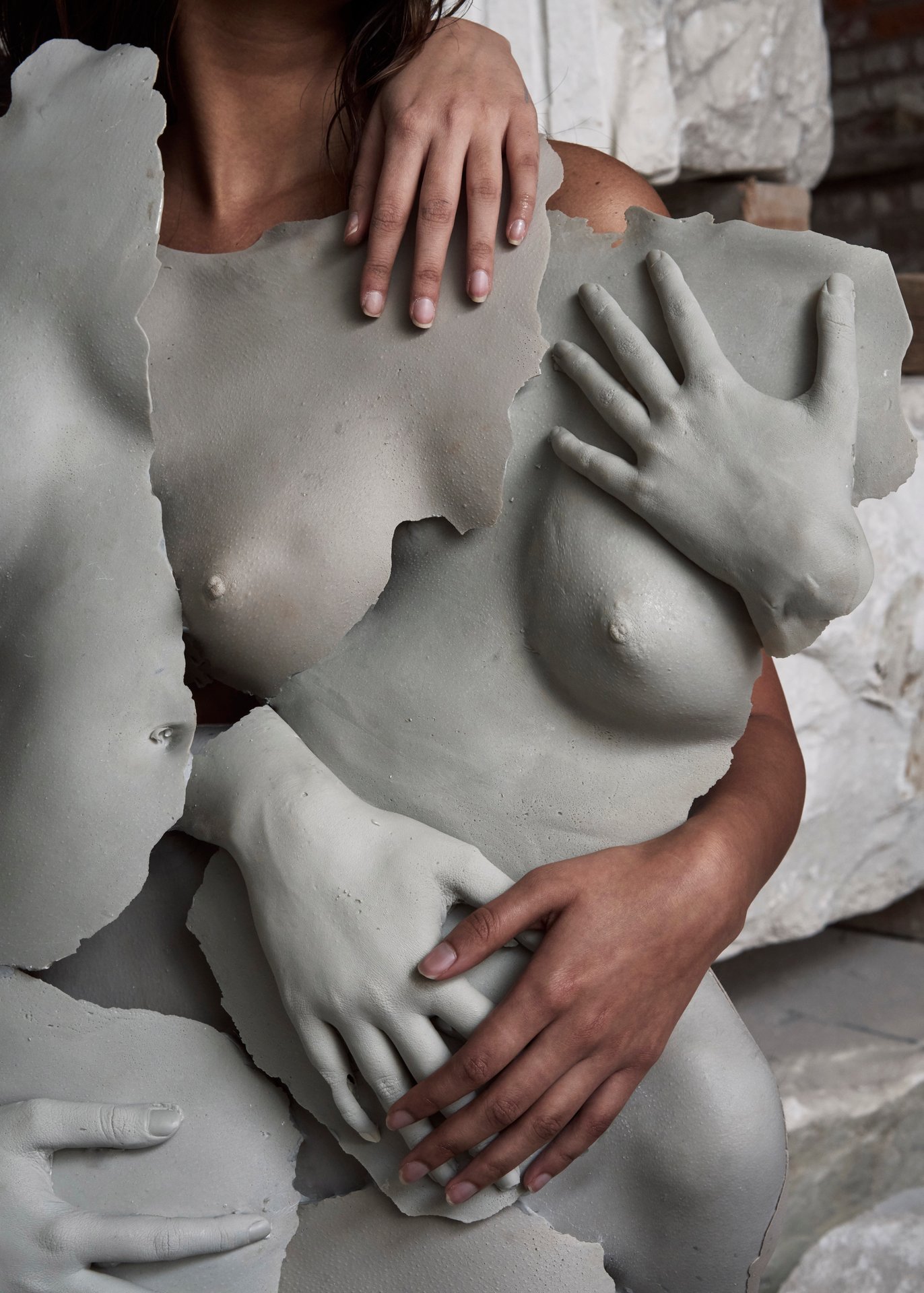
Misha Japanwala by Alec Vierra Teagan West
PHOTOS COURTESY OF MISHA JAPANWALA
